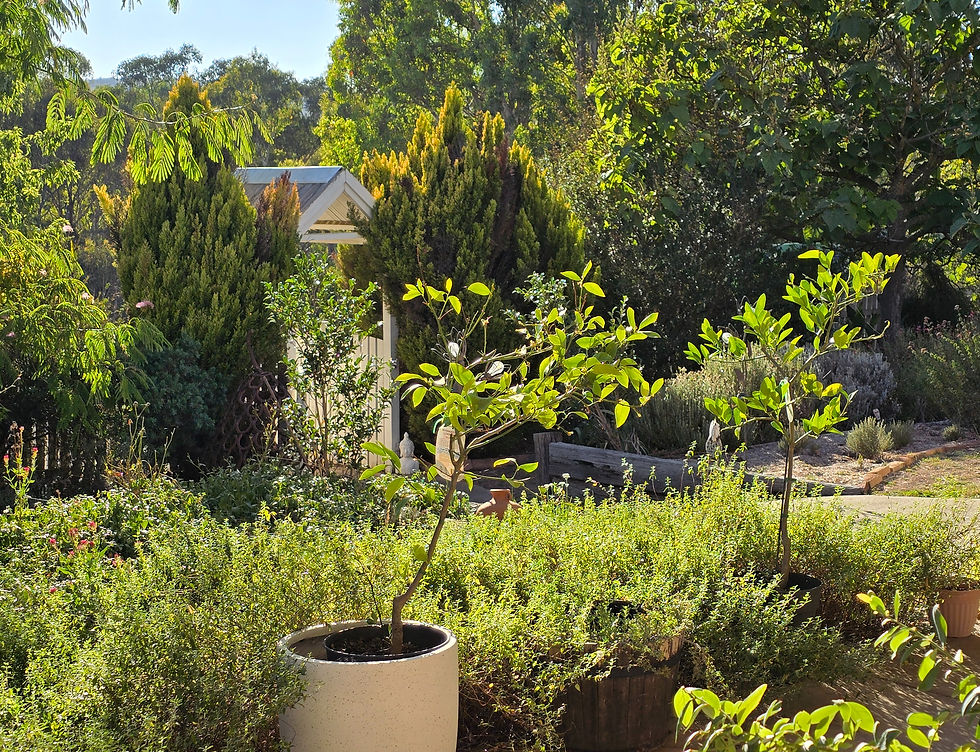Healing From Grief
- Kyla Shelley
- Feb 28
- 3 min read
What is Grief?
Grief is an emotional response to a signficant loss. It is a universal human experience, yet it is deeply personal and manifests differently for everyone.
The loss of a loved one, the end of a significant relationship or job, the passing of a pet, or even the loss of a dream or life chapter can trigger grief. Understanding why we grieve, how we process grief, and what steps we can take to alleviate the pain of grief, can help us navigate the journey toward healing.

Why Do We Feel Grief?
Grief stems from our deep connections to people, places, and experiences. It reflects the love and attachment we feel towards certain people and particular aspects of ourselves and our lives. Triggers for grief can include a loss of love and connection, loss of identity, unfulfilled hopes and dreams, or major change and uncertainty.
How Do We Process Grief?
While grief is unique to each individual, psychologists have identified common stages that many people experience. These stages, first proposed by Elisabeth Kübler-Ross and added to by others, provide a framework for working through grief but the stages are not necessarily experienced in a linear order.
The stages are: 1) Shock, 2) Denial, 3) Anger, 4) Bargaining, 5) Depression, 6) Testing, and 7) Acceptance.
Grief is one of life’s most challenging experiences, but it is also a profound reflection of love and connection. Grief is not just about coping with loss, it’s also about the lessons we learn in the process, as we find ways to move forward despite the pain.
Tips to Help Heal From Grief
Although grief is a natural process, there are ways we can support our healing and lessen the intensity of the pain over time. These include:
Allowing ourselves to grieve - giving ourselves permission to feel what we really feel, not what we think anyone else thinks we should be feeling.
Being patient and compassionate with ourselves - remembering it takes time to process grief and find ways to move beyond the sorrow.
Seeking support - reaching out to friends, family, support groups, or professionals as needed. It can be very helpful to be able to talk freely about how we feel, in a confidential space, where there is no judgement.
Taking care of our physical health - eating well, being active, and sleeping well, can all help combat sadness and stress.
Finding outlets to express our feelings and create postive memories - experimenting with ways to process our feelings and honour past memories e.g. writing journals, creating scrapbooks, drawing, playing music, or gardening.
Setting small goals for moving forward - giving ourselves small, easy to achieve goals is a great way to create positive momentum & alleviate stress.
Focusing on doing activities that help us relax or bring us joy - things like reading a book, going for a walk, spending more time in nature, meditating, or meeting friends for coffee.
Looking for the lessons - although some grief may never truly 'disappear' it can transform into something that coexists with joy and hope. Experiencing grief can deepen our appreciation for life, and it's possible that we can become a better version of ourselves as we work through the healing process.
Being willing and open to helping others - sometimes we can assist with our own healing by helping others to heal from similar losses, or by becoming more involved in causes that we, or our loved ones, care about.




Comentários